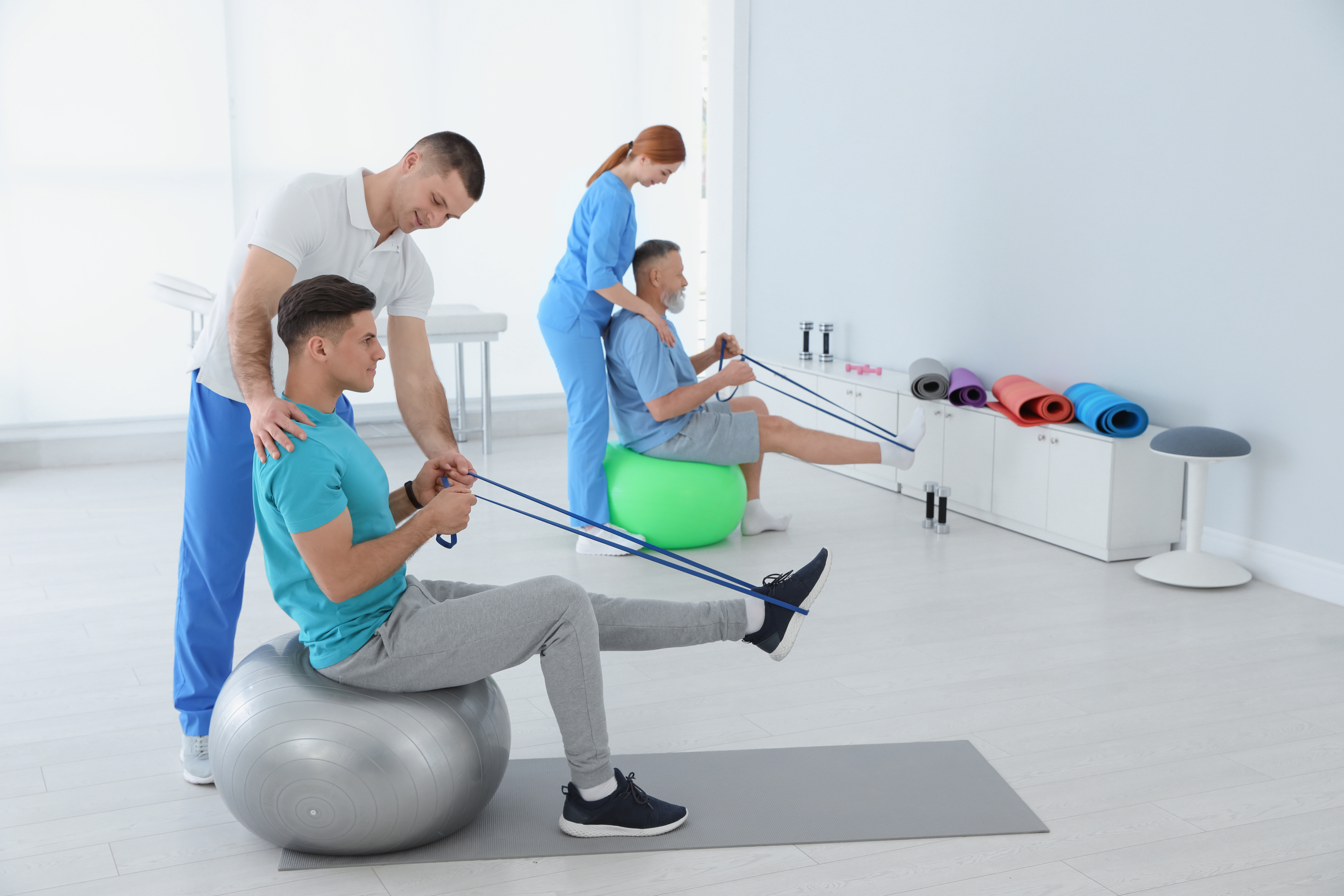Utilizing the Strength of Exercise to Reduce Chronic Discomfort and Improve Quality of Living
Utilizing the Strength of Exercise to Reduce Chronic Discomfort and Improve Quality of Living
Blog Article

Persistent pain affects numerous of individuals globally and can significantly reduce the standard of life. It can arise from multiple conditions, such as joint inflammation, fibromyalgia, or previous injuries. While drugs and therapies are frequently used to control pain, a expanding body of studies indicates that exercise can serve a crucial role in alleviating chronic pain. Participating in consistent physical exercise can not only help lower pain levels but also enhance overall well-being and capability. Understanding how exercise affects the body can enable individuals to assume control of their pain management.
Exercise has several bodily benefits that can aid alleviate chronic pain. When individuals participate in exercise activities, their systems produce endorphins, which are natural pain-relievers. Additionally, exercise can improve blood circulation and strengthen muscles, providing better support for articulations. For those with conditions like arthritis, low-impact exercises such as swimming or biking can assist maintain joint mobility without putting excessive strain on the system. Regular exercise also helps in maintaining a healthy weight, which can reduce the stress on weight-bearing joints and further alleviate pain.
In addition to its physical benefits, exercise has a favorable effect on emotional health. Chronic pain can often result to feelings of anxiety and depression, which can worsen the perception of pain. Engaging in regular physical activity can help fight these emotions by enhancing self-esteem and elevating mood. Collective exercises, such as yoga or core strengthening, also provide social interaction, which can improve emotional backing. This mixture of bodily and emotional health benefits makes exercise an crucial component of a holistic pain relief strategy.
It is crucial to approach exercise with caution, especially for those managing with chronic pain. Beginning slowly is vital to prevent exacerbating symptoms. Patients should consider consulting healthcare professionals to develop a personalized exercise program that considers into consideration their particular conditions and limitations. Exercises such as flexibility training, walking, or gentle yoga can be great initial points. Slowly boosting the effort and duration of workouts can help build strength and endurance without inducing undue strain on the system.
In conclusion, harnessing the benefits of exercise can substantially reduce chronic pain and improve standard of life. Consistent physical activity not only helps to lessen pain through the release of endorphins and enhanced muscle strength but also supports mental well-being. By including exercise navigate to this website into regular routines, patients can empower themselves in managing their pain. A thoughtful and knowledgeable approach to exercise, guided by healthcare experts, can bring to lasting improvements in health and overall quality of life.